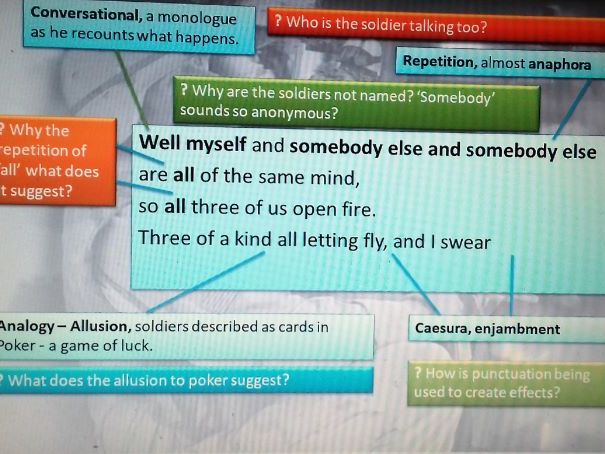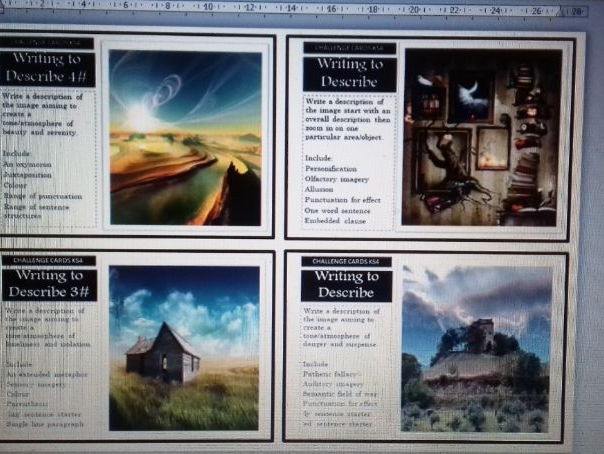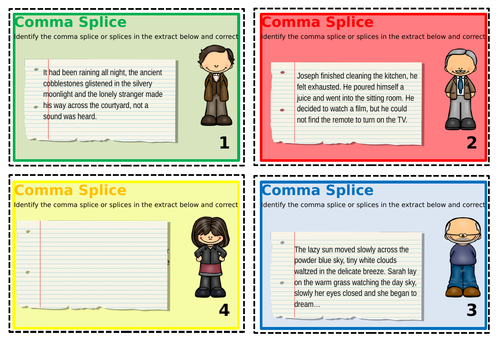KB Teaching Resources
I am an English Teacher with over 20 years experience teaching KS2, KS3 and KS4. As a Deputy Director of English I was responsible for KS3 and have also been Lead teacher for KS4. These resources and strategies are all tried and tested in my classroom and are designed to give busy teachers effective, reasonably priced, high quality resources to ensure they can successfully support their students learning goals.










